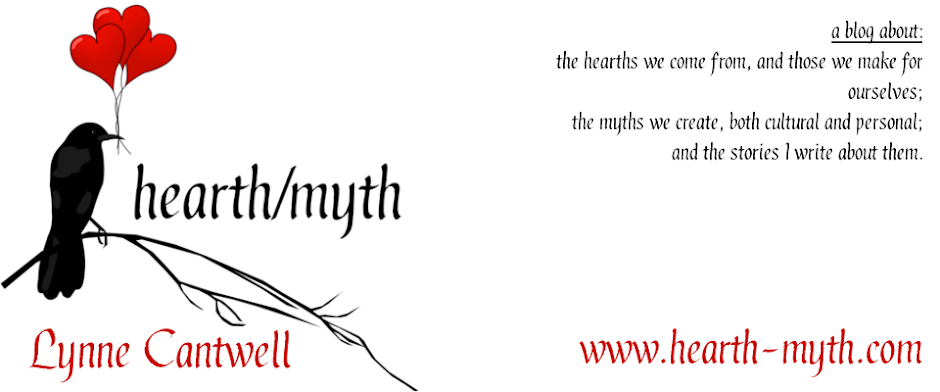 |
| John Hain | CC0 | Pixabay |
I want to make it clear upfront that I'm not looking for dieting advice. I've been dieting off and on for 50 years. No kidding. At the age of eleven, tired of my brother teasing me about being fat, I went on my first diet. I lost 20 pounds that summer. Of course, later on, it all came back -- and then some.
By the time my kids were tweens, I'd yo-yo-dieted enough times to know that dieting doesn't work. And I told the girls that. Too bad I didn't follow my own advice.
Over five decades, I've counted calories and fat grams; I've done NutriSystem (800 pre-packaged calories a day!); I've done Weight Watchers a whole bunch of times. Almost always, I've lost weight. Often I would lose 30 or 40 or 50 lbs. in less than six months. I am really, really good at losing weight. I've had a lot of practice.
But then I'd plateau forever, and I'd get sick of eating so little with no results. So I'd drop the diet and the weight would come back.
It happened so many times that I ended up hating my metabolism. I'd joke about my Eastern European peasant genes that were so good at getting through my ancestors through famines. But really, I felt like my body was betraying me. I couldn't control it, and I hated it.
So anyway, the dietitian recommended to me this book called The F*ck It Diet: Eating Should Be Easy. The author is Caroline Dooner. It took her a lot less time to get fed up with diet culture, and to conclude that dieting doesn't work, than it took me. But she connected the dots in a way I hadn't thought about before, and it only took her repeating it 20 or 30 times before I finally got it.
Here is what I realized at last: My body hasn't been betraying me when it packs on pounds after I drop the latest diet. My body has been trying to keep me alive.
Dooner cites a World-War-II-era study on starvation. The aim was to learn how to rehabilitate starving people, once the war was over. So they recruited 36 mentally and physically healthy conscientious objectors. At first the men received about 3,200 calories per day -- which was considered normal for men back then. A few months later, the men's diets were cut in half, to about 1,600 calories per day. In those days, 1,600 calories a day was considered semi-starvation; today, we consider 1,200 to 1,500 calories a day to be adequate for people on a diet.
Think about that for a minute.
And then think about what happened to those semi-starved guys: They lost interest in everything except food. Their heart rates slowed down, they were cold all the time, and they had other physical ailments. All of them suffered from depression and anxiety. Their sex drives deserted them. And they experienced body dysmorphia -- in other words, they had wrong ideas about the size and shape of their own bodies and others'. When the experimenters began feeding them again, the guys who got a lot of food -- 5,000 or even 10,000 calories per day -- made the best recoveries. And even then, some of the subjects said they felt hungry for months or years after the experiment was over.
You can extrapolate a lot from this. I mean, just about everybody's been on a diet at some point, which means we've all practiced self-starvation. And a lot of us have yo-yo'd back to where we started, and then some. And most, if not all, of us have believed ourselves to be weak-willed and lazy when it happens -- not to mention judgmental of others.
Expand that to our national preoccupation with what we're eating and what everybody else is eating. And a diet industry that makes more money every time a dieter fails. And a medical establishment that thinks anyone overweight ought to be on a diet. And you might begin to wonder whether our obesity epidemic hasn't been caused by chronic dieting (among other factors, of course).
As for me, I've started by apologizing to my body. Instead of hating it, now I'm grateful to it for keeping me alive. And I'm never going to deliberately starve myself again.
***
These moments of well-fed blogginess have been brought to you, as a public service, by Lynne Cantwell.






